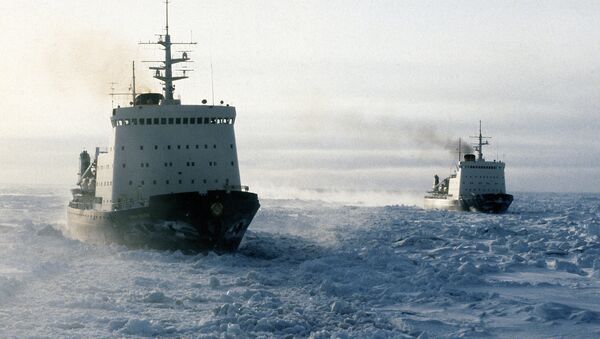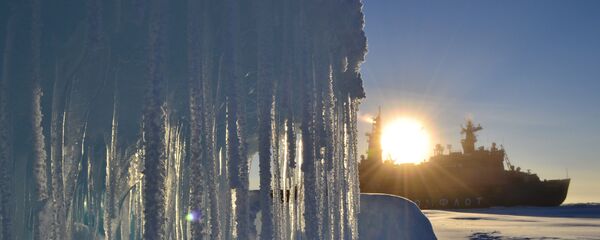The team, which was led by researchers from the International Arctic Research Center (IARC) and the University of Washington, charted Arctic Ocean temperatures over a 15-year period. They then published their findings in the journal Science on Thursday.
Unless you live in Greenland, the upper reaches of Canada, Siberia or Norway, you're probably more familiar with the Atlantic or Pacific Oceans than you are the Arctic Ocean. They differ in one very fundamental sense: the Atlantic and Pacific grow colder the farther deep you go, while the Arctic gets warmer. This is because of the warm Atlantic waters flowing into the icy Arctic waters.
The researchers used tethered moorings to record ocean temperatures at various depths over 15 years. What they found was that sea ice was melting not only on the surface from warm air temperatures, but also deep below the surface.
Oceans are divided into layers known as stratas which have very different density, salinity and inhabitants. The stratas are separated by clines, thin layers of fluid that separate the stratas. In the Arctic Ocean, the deeper, saltier water and the shallower, fresher water are separated by the halocline layer.
The researchers found that the warm Atlantic water has begun to penetrate the halocline. This has caused ice in the lower strata to melt, which causes further penetration of the halocline and makes the layers more similar in temperature and salinity.
This is the cause of a feedback loop, because the more the integrity of the halocline is damaged, the more warm water reaches the surface and the more ice melts, which further undermines the halocline.
"I first went to the Arctic in about 1969, and I've never seen anything like this," said Eddy Carmack with Fisheries and Oceans Canada, one of the study's authors. "Back then we just assumed the Arctic is as it is and it will be that way forevermore. So what we're seeing in the last decade or so is quite remarkable."
The researchers believe this to one of the reasons Arctic sea ice has been shrinking at such dramatic rates, to the tune of 13 percent a decade. They aren't sure what will happen as a result of this "massive shift" but they suggest that it could have profound consequences for the entire Arctic Ocean if the trend continues.
For the moment, this inversion has been limited to one section of the Arctic, but researchers say that may not last for much longer, and the "Atlantification" will spread to the rest of the 5.4 million-square-mile ocean.




